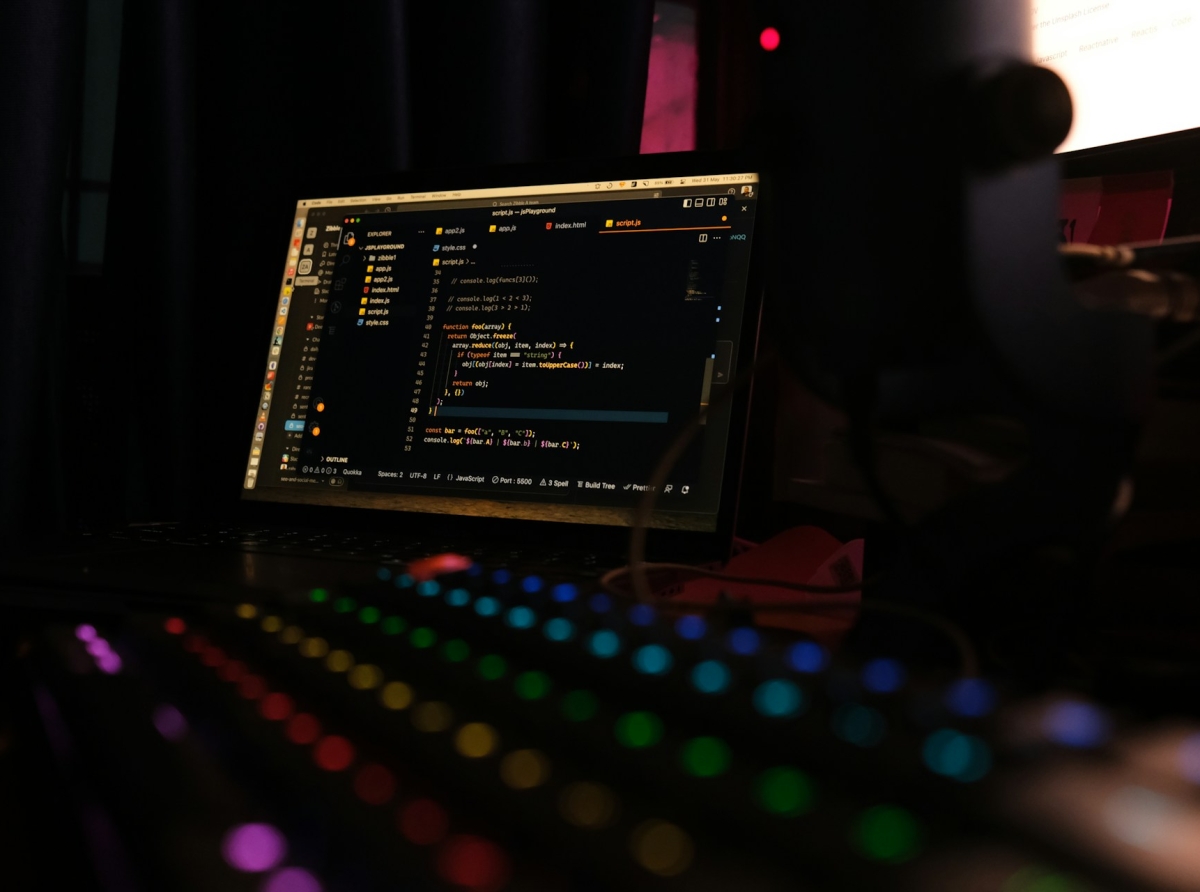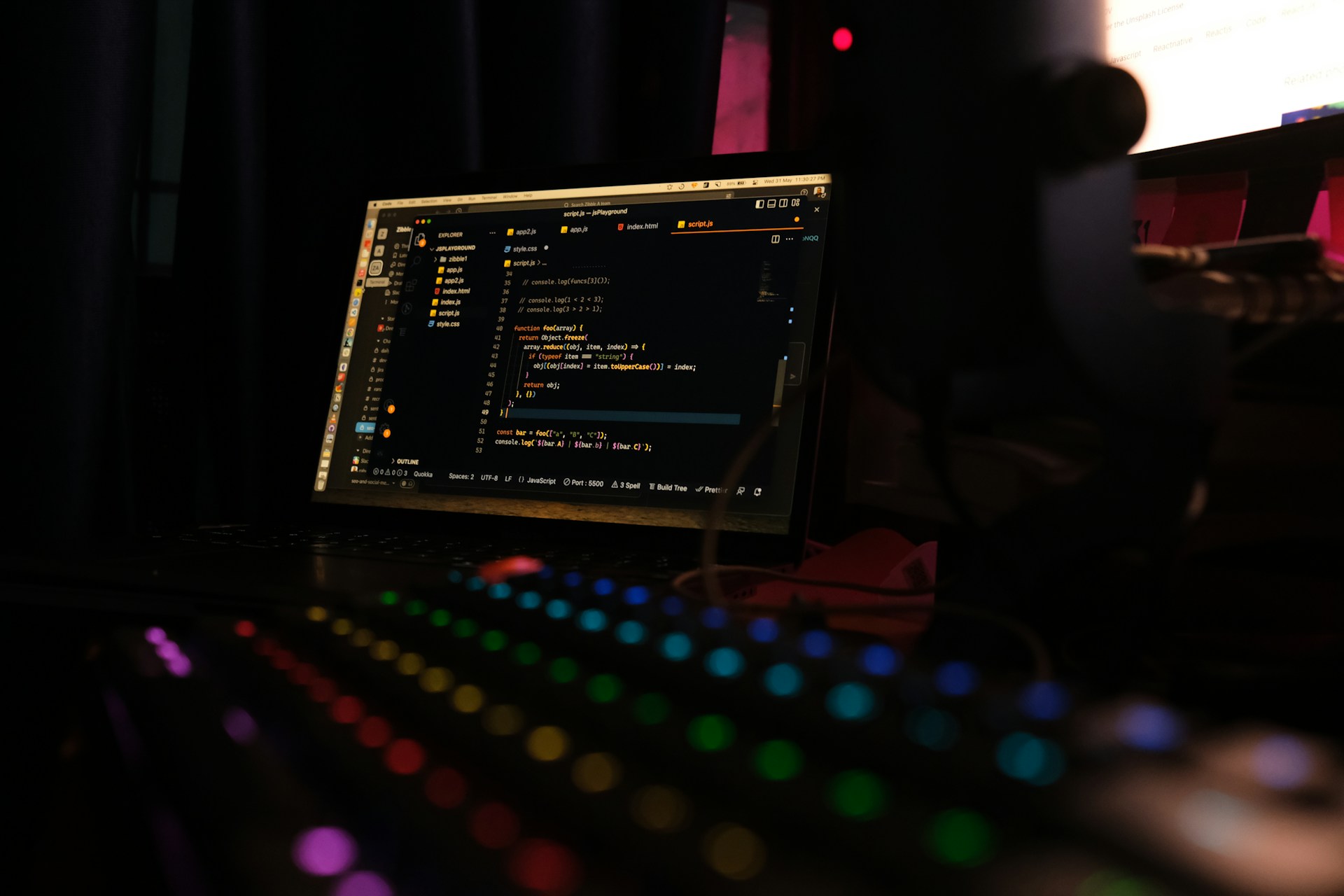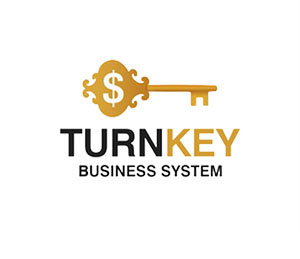The Rise of "Vibe-Coding": How a Non-Programmer Became the King of Hackathons

The Rise of "Vibe-Coding": How a Non-Programmer Became the King of Hackathons
In the bustling tech hub of San Francisco, where innovation and competition thrive, one name stands out among hackathon enthusiasts: René Tursios.
He’s not a programmer, engineer, or Ivy League graduate—and he doesn’t write a single line of code.
Yet, since 2023, this unconventional figure has won over 200 hackathons, walking away with prizes, admiration, and significant rewards.
His secret? A revolutionary approach known as vibe-coding.
He’s not a programmer, engineer, or Ivy League graduate—and he doesn’t write a single line of code.
Yet, since 2023, this unconventional figure has won over 200 hackathons, walking away with prizes, admiration, and significant rewards.
His secret? A revolutionary approach known as vibe-coding.

The Rise of "Vibe-Coding": How a Non-Programmer Became the King of Hackathons
What Is Vibe-Coding?
The term vibe-coding was coined by AI researcher Andrey Karpathy to describe a process where humans articulate problems in natural language, and artificial intelligence translates those ideas into functional code. Initially dismissed as impractical or gimmicky, vibe-coding has gained legitimacy, with tools like Cursor and Claude becoming indispensable for startups and tech giants alike.For René, vibe-coding isn’t just a skill—it’s his superpower.
Born in Missouri to a family of circus performers who tamed lions and bears, René grew up far removed from the world of technology. Instead of attending college, he became a professional Yu-Gi-Oh! player, traveling across the U.S. to compete in tournaments while crashing on friends’ couches. But after years of gaming, he decided it was time for a change. In 2023, he moved to San Francisco with his girlfriend, seeking new opportunities.
His first venture—a startup aimed at building infrastructure for the metaverse—ended in failure when engineers refused to collaborate with AI. One even threatened to quit if asked to use neural networks. Undeterred, René pivoted. He began immersing himself in hackathons, quickly mastering how to harness AI to solve complex challenges without writing code.
From Outsider to Hackathon Legend
René’s journey to becoming a hackathon legend wasn’t immediate, but once he found his groove, there was no stopping him. At events like AGI House and Frontier Tower, he became a familiar presence, often heard declaring, “I didn’t write a single line of code.” Despite (or perhaps because of) his unorthodox methods, he consistently delivered impressive results.One of his earliest successes came when he instructed ChatGPT to create a converter that transformed any song into a lo-fi version. Without typing a single command manually, he secured second place at a major hackathon. That moment marked the beginning of his ascent. From then on, René dominated hackathons, leaving seasoned developers and Stanford graduates in awe.
His strategy is simple yet effective: he crafts precise prompts tailored to the task at hand, leveraging AI’s capabilities to generate high-quality solutions rapidly. Participants and organizers soon grew accustomed to his loud voice, cyberpunk aesthetic, and uncanny ability to outperform teams of experienced coders—all without traditional programming skills.
From Winning Prizes to Teaching Others
As word spread about René’s unique talents, companies started approaching him to develop minimum viable products (MVPs) and prototypes. Tasks that would typically take weeks for a team of programmers could be completed by René in mere hours. Recognizing the demand for his expertise, he began hosting workshops to teach others—from beginners to seasoned developers—how to effectively communicate with AI.René’s teaching philosophy emphasizes creativity and intuition. He encourages participants to think beyond coding languages and focus on articulating their vision clearly. “It’s not about knowing Python or Java,” he says. “It’s about understanding what you want and letting AI do the heavy lifting.”
Building the Future, One Project at a Time
These days, René has shifted his focus to personal projects, including an ambitious initiative to create AI-driven agents entirely on his own. With no team, investors, or external developers, he relies solely on his partnership with advanced neural networks. During one session, he casually opened his laptop and asked, “What should we build?” The conversation turned to Labubu figurines, which René collects by the boxful. Within 15 minutes, he had created a fully functional website for reselling these toys.For René, formal education, corporate ladders, and traditional programming are irrelevant. He thrives in the new paradigm of human-AI collaboration, rewriting the rules of innovation. Where others see limitations, he sees possibilities. And where others rely on technical expertise, he trusts his instincts and AI’s power.
When René reflects on his journey, he recalls that pivotal moment during his first hackathon win. As the crowd erupted in applause, he realized something profound: he could compete with the best minds in Silicon Valley—not through traditional means, but by playing the game differently.
Today, René Tursios isn’t just a participant in the tech revolution; he’s shaping its future, one vibe-coded project at a time.
A New Era of Innovation
René’s story isn’t just about winning hackathons; it’s about redefining what it means to be a creator in the age of artificial intelligence. By embracing vibe-coding, he challenges conventional notions of success in tech. No longer do you need decades of experience or elite credentials to make an impact—you just need the right mindset and the right tools.When René reflects on his journey, he recalls that pivotal moment during his first hackathon win. As the crowd erupted in applause, he realized something profound: he could compete with the best minds in Silicon Valley—not through traditional means, but by playing the game differently.
Today, René Tursios isn’t just a participant in the tech revolution; he’s shaping its future, one vibe-coded project at a time.









Report
My comments